Are you under pressure because of your garden hose that is destroyed one more time? Are you frustrated by your backyard wildlife? Well, you are not the only one who is facing this situation. No matter what the reason is, hoses will not be lasting for a longer time.
However, you need to understand that destroyed hoses are not essential pieces of waste. You can do countless numbers of things with the assistance of an old garden hose. If it is summers, then it is a fantastic time to consider creating your very own soaker hose for garden beds and landscaping.
This will provide an advantage to a slow water stream. Have you ever given it a thought to reducing your water bill? Well, if you DIY soaker hose in only 60 minutes, you can relax and have fun with your convenient garden tool by seeing its work throughout the entire summer.
The garden’s ideas always appear to be much bigger than the budget, efforts, and time to make it work if you are like other people who are also struggling like this. Think about the time when your cherry tomato was just a seedling. So, where does all the time you invested go?
Well, a lot of time is not required for the plants that you put in the ground, in time, size, and cost for appropriate care. To amazingly blossom, gardens require some necessary things, and on the priority, the list is the exact amount of water.
In the event your vegetation is large enough to grow, then the amount of water it makes use of is also more to assist in bringing up the appropriate nutrients required for the health of vegetables, fruit, and flower.
You have to use a watering solution, especially in that event where mother nature isn’t assisting or living in a desert if you don’t have much time to water in the day or night.
Well, here comes an end to your problem when you can DIY soaker hose in the event you have all the necessary things required to make it that will get water where it’s needed, i.e., to the plants’ roots, for an inexpensive, timesaving and practical design.
You must know that if you water your garden, it essentially takes a lot of time. You must spend at least 60 minutes a day during summers to ensure that your blossom plants are getting sufficient water to keep on prospering.
There are several options to stand there along with a hose that progresses from one plant to the other; it is also possible that you have not felt it. A soaker hose is an ideal and perfect option is to consider. Hey, wait! You do not have to stress to make things quick and go and buy a costly irrigation system. In the event you like and enjoy, you can DIY a soaker hose.
You must be having an old hose lying somewhere in the backyard. This article will help you solve your garden watering headache as it will let you know the complete details on how to make a soaker hose, i.e., DIY soaker hose.
You can use your old hose directly if you have replaced the old garden hose with the assistance of a hard-wearing and shiny new stainless-steel garden hose.
Step-by-Step Guide for the DIY Soaker Hose
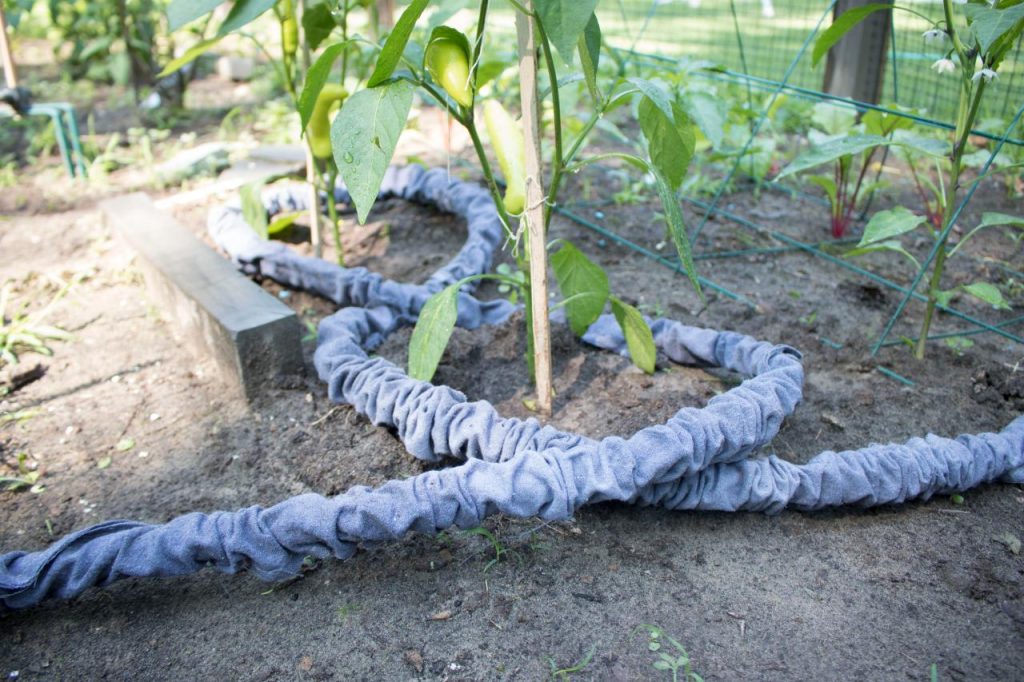
Basic Requirements
- Pliers and wire coat hangers to make hose pegs
- To seal the pipe’s end, an electrical tape of a clamp clip is required
- Old hose’s length. It must be sufficiently long to be laid throughout the region that you desire for soaking
- A splitter or a garden hose connector (Well, this is your choice, and it entirely relies on the spare pipe’s length that you have)
- 2d or 3d small nail and a hammer. You can also make use of a 1/16 inch or 3/64-inch drill bit and a cordless drill alternatively
The Holes
There is a requirement for hose piercing. To permit the water to soak out, you must create little holes that need to be 2-3 inches in effect. You need to make sure that you are not creating the first hole near the hose’s connector. Before the beginning, you must leave approximately 24 inches.
Just take the hammer and nail into the pipe if you are making use of the nail and hammer. Create two holes at every point by knocking the nail appropriately through the pipe. To drill directly through both sides and obtain a flat surface, you must moderately compress the pipe if you are making use of a drill.
Seal Off the Hose’s End
One end will be attached to the fixture or water supply if you are making a hose spur. The other one will be lying someplace on the garden bed. The primary water flow will not flow from the soaker’s holes and flow out of the end in the event there is no sealing off the loose end.
It would help if you went for blocking off the hose’s end to avoid this situation. Making use of a plastic IKEA is a simple way to perform this job. Considerable numbers of individuals already have this in their kitchens.
However, if you are not having the same, you can fold over the hose’s end and tape the loose end to the hose’s body with the assistance of an electrical tape. A hose cap can also perform this task in the event you already have it.
Hose Laying Out
With the plant bed that you desire to rinse, you can layout the hose. To make sure that all sections of the bed are getting enough water, you must lay the hose in an on-going S shape if it is a large bed.
Here comes the situation when you will feel that you do not have sufficient hose.
To make sure that it does not move, you can do the hose’s pinning down when you are glad about its layout. Please use a wire coat hanger and then divide it into 8 inches in length by cutting them. You must make a hook on one end with the help of pliers.
It is among the most straightforward and inexpensive ways to perform this task. Then, you must tighten the hose by pushing the wire hook’s long side into the dirt and hooking the hose over the hose.
Connect the Hose to the Supply of Water

To split the water flow from a current hose, you can make use of a hose splitter. A necessary tap connector can do the job if you desire to use that hose for some other jobs.
Check the system to generate the system’s rate of flow when attached and test in the event it must be adjusted with a more significant number of holes.
You can buy a hose timer in the event you make an unmanned system to come on sometimes. To ensure that you are not skipping any day, it will permit you to plan times for soaking.
Tips
- To avoid evaporation, you must bury the soaker hose below some inches of mulch.
- To allow the water seep from holes, you must turn on the spigot. You do not desire it to appear like an Old Faithful.
- Operate your soaker hose for up to only 30 minutes two times in 7 days to ensure deep watering and water conservation. If your area is experiencing too wet or drought conditions, you must adjust the soaking amount as per the need of your area.
- You do not have to rely on your memory if you have a difficult time turning off the water. Just go for turning on a hose timer by setting it up. You can also go for purchasing the timer that comes with an in-built rain sensor. If your ground is wet, it will check, and the hose will automatically skip the planned watering.
- From time to time, you must eliminate the cap’s end from the soaker hose and remove any clogs, and you need to do hose flushing with water. If you bury the hose under mulch, then it is necessarily an essential portion of the entire procedure.
- In the early springtime, individuals mostly discard their destroyed garden hoses. Look for the remaining old hoses on the curb on garbage day if you are not having an old garden hose lying here and there. You will have the ability to create the soaker hose for the hose cap’s cost.
Final Words
You can relax when it is operating perfectly fine in place. To ensure that your plants are getting an adequate amount of water they require to grow, you can turn it on and sit back as you have indeed made a beneficial device.
You are now done with one of the inexpensive and most straightforward ways for mandatory garden keep-up ever. You are now having a garden free from hands that you can easily water by simply walking away from the harvesting and weeding process.
It will surely be a treasured asset to your garden in dry weather that makes garden watering so simple. So, you can now begin to a DIY soaker hose.

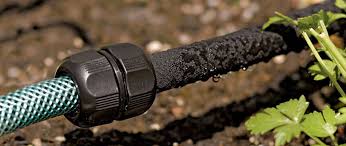



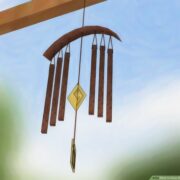


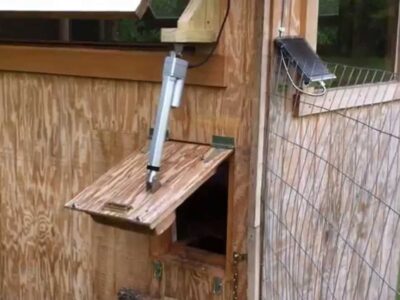

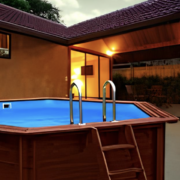



Comments